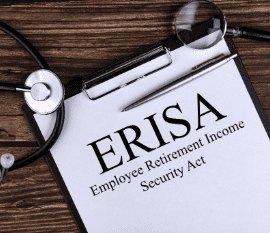A Health Savings Account (HSA) is a tax-advantaged savings account designed to help individuals and families cover medical expenses. Think of it as a "supercharged" savings tool specifically for healthcare costs. HSAs were created by the U.S. government in 2003 to encourage people to take more control over their healthcare spending. Unlike traditional bank accounts, HSAs offer triple tax benefits: contributions are tax-deductible, earnings grow tax-free, and withdrawals for qualified medical expenses are also tax-free. This makes them a powerful way to build a nest egg for health-related needs, both now and in retirement.
HSAs must be paired with a High-Deductible Health Plan (HDHP), which is a type of health insurance with higher deductibles but lower premiums. In 2026, an HDHP qualifies if it has a minimum deductible of $1,650 for self-only coverage or $3,300 for family coverage, and maximum out-of-pocket limits of $8,300 for self-only or $16,600 for family (these limits are projected and may be adjusted by the IRS). If you have an HDHP, you can open an HSA through a bank, credit union, or insurance company. Once funded, the money is yours forever—it's portable even if you change jobs or insurance.

